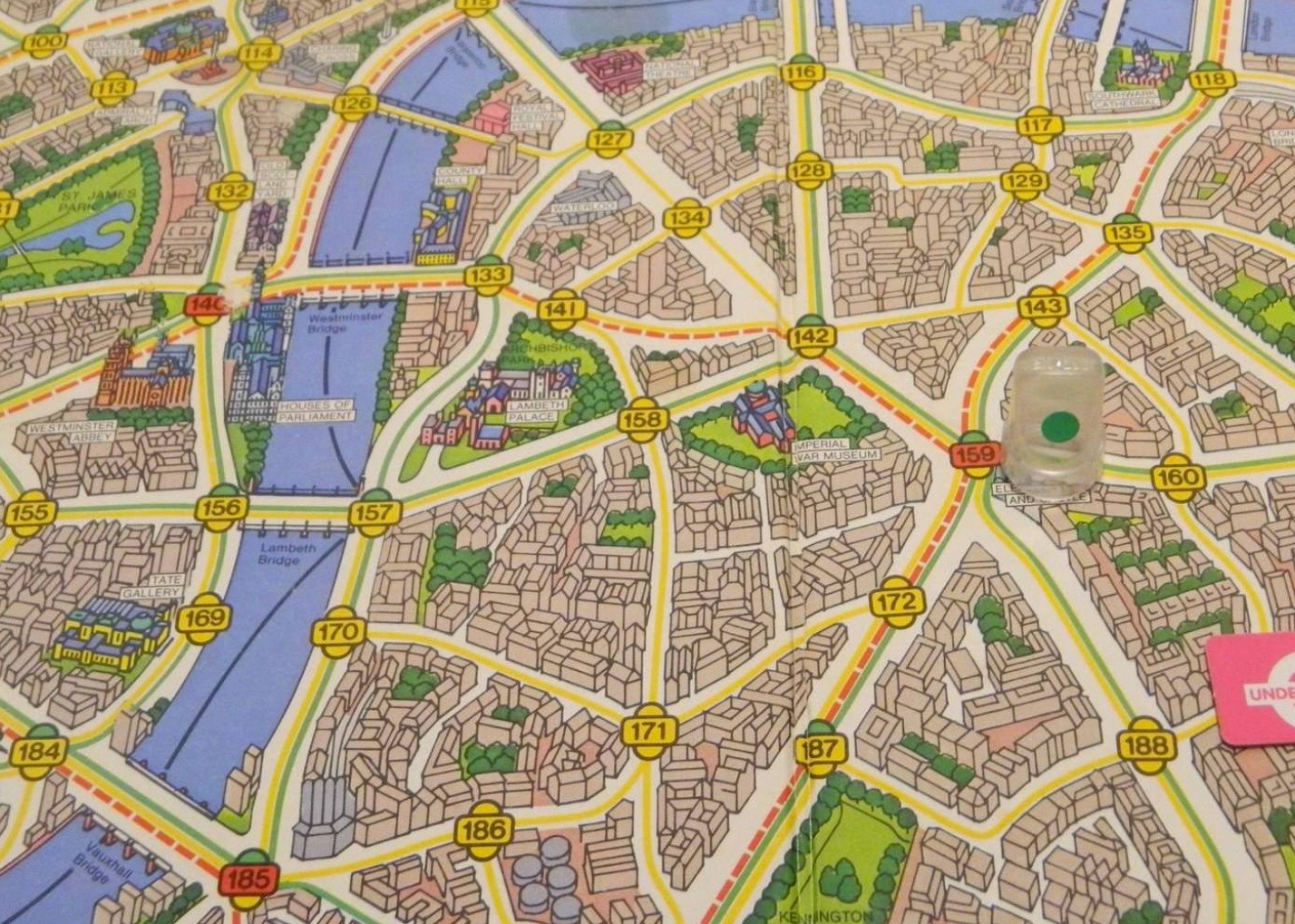Imagine the thrill of a high-stakes game where one player moves in secrecy, while others collaborate to track them down. This cat-and-mouse dynamic is the essence of the hidden movement mechanic in board games. It’s a genre that keeps players on the edge of their seats, blending strategy, deduction, and suspense. But what makes hidden movement so captivating, and how can you leverage its nuances to outsmart your opponents? Let’s delve into this intriguing world.
Understanding Hidden Movement
Hidden movement games involve one or more players making moves in secret while the rest attempt to deduce their location and objectives. This mechanic creates an asymmetrical gameplay experience, where the tension between the unseen and the seekers drives the excitement. The hidden player records their moves privately, often using a separate map or notepad, while the pursuers rely on clues, logic, and sometimes a bit of luck to narrow down the chase.

A Personal Favorite: Scotland Yard
Scotland Yard was one of my favorite games during my childhood. Amongst games like Scattergories, Survive, Trivial Pursuit, and Monopoly, Scotland Yard was full of fond memories of gaming with family and friends. I have vivid memories of trying to escape as Mr. X as my brother and parents tried to trap me. It wasn’t just about winning; it was about the laughter and the joy of shared moments around the table.
Notable Games Featuring Hidden Movement
- Letters from Whitechapel: Set in Victorian London, one player assumes the role of Jack the Ripper, eluding the police across the city’s dark alleys. The detectives must collaborate to predict Jack’s next move and capture him before he claims his next victim.
- Specter Ops: In a dystopian future, a lone agent infiltrates a corporate facility to complete objectives while avoiding genetically modified hunters. The game offers a blend of stealth, strategy, and futuristic gadgets.
- Fury of Dracula: Players traverse 19th-century Europe, hunting Count Dracula as he spreads his vampiric influence. Dracula moves in secret, leaving behind traps and minions, while hunters gather resources and clues to thwart his plans.
- Nuns on the Run: A lighthearted twist where players are novices sneaking out of the convent at night, trying to fulfill secret wishes without being caught by the patrolling nuns.
- Scotland Yard: A classic game where one player is the elusive “Mr. X” evading capture in London, while others, as detectives, use various modes of transportation to track him down.
What Makes Hidden Movement Engaging
- Asymmetrical Gameplay: The differing roles and objectives provide varied experiences within the same game session, keeping it fresh and replayable.
- Tension and Suspense: The uncertainty of the hidden player’s location creates a palpable tension, as every move could lead to a dramatic reveal or a narrow escape.
- Deductive Reasoning: For the seekers, piecing together clues and anticipating the hidden player’s strategy engages critical thinking and collaborative discussion.
Potential Pitfalls
- Downtime: Seekers may experience downtime, especially in larger groups, as they wait for others to deliberate and decide on moves.
- Balance Issues: Ensuring both the hidden player and seekers have equal chances of success can be challenging, and some games may favor one side.
- Learning Curve: The hidden player often has more complex rules to manage, which can be daunting for newcomers.
Best and Worst Implementations of Hidden Movement
In the realm of board games, the hidden movement mechanic has been both lauded for its capacity to create suspenseful, strategic gameplay and critiqued when its implementation falls short. Understanding which games excel in this area and which do not can enhance your gaming experiences.

Best Implementations
- Beast: In this game, one player takes on the role of a mythical creature hiding in the wilderness, while others are hunters attempting to track it down. The game is praised for its strategic depth and the tension it creates between the hidden beast and the hunters.
- Mind MGMT: This game immerses players in a world of espionage, where one player hides as a recruiter for a psychic organization, and others act as rogue agents trying to track them down. Its deep strategy and replayability have garnered high praise.
- Escape from the Aliens in Outer Space: Set on a derelict spaceship, players are either humans trying to escape or aliens hunting them. The game features hidden roles and movement, creating a tense atmosphere where trust is scarce.
- Sniper Elite: The Board Game: Based on the popular video game series, one player is a sniper infiltrating enemy lines, while others are defenders trying to locate and stop them. The game is noted for its strategic depth and faithful adaptation of the source material.
Poor Implementations
- The Franco-Prussian War (1972): This historical wargame attempted to incorporate hidden movement through inverted counters. However, critics have noted that this approach can lead to slow gameplay and a lack of engagement, making it less effective in delivering the desired tension.
- Mission Aloft (1977): This game employed a double-blind system intended to simulate the fog of war. However, the complexity of the mechanics, combined with production issues, led to a gameplay experience that many found cumbersome and less enjoyable.
Strategies for Success
For the Hidden Player:
- Misdirection: Leave false clues or take unexpected paths to confuse pursuers.
- Blend In: Mimic typical movements or revisit locations to create patterns that are hard to predict.
For the Seekers:
- Coordinate and Communicate: Share information and theories openly to cover more ground and avoid redundant actions.
- Analyze Patterns: Pay attention to the hidden player’s past moves to anticipate future actions.
Conclusion
Hidden movement games offer a unique blend of strategy, suspense, and social interaction. Whether you’re the one sneaking in the shadows or the detective hot on the trail, the thrill of the chase provides an exhilarating gaming experience. Embrace the role, sharpen your wits, and may your next game night be filled with stealthy maneuvers and dramatic reveals.











